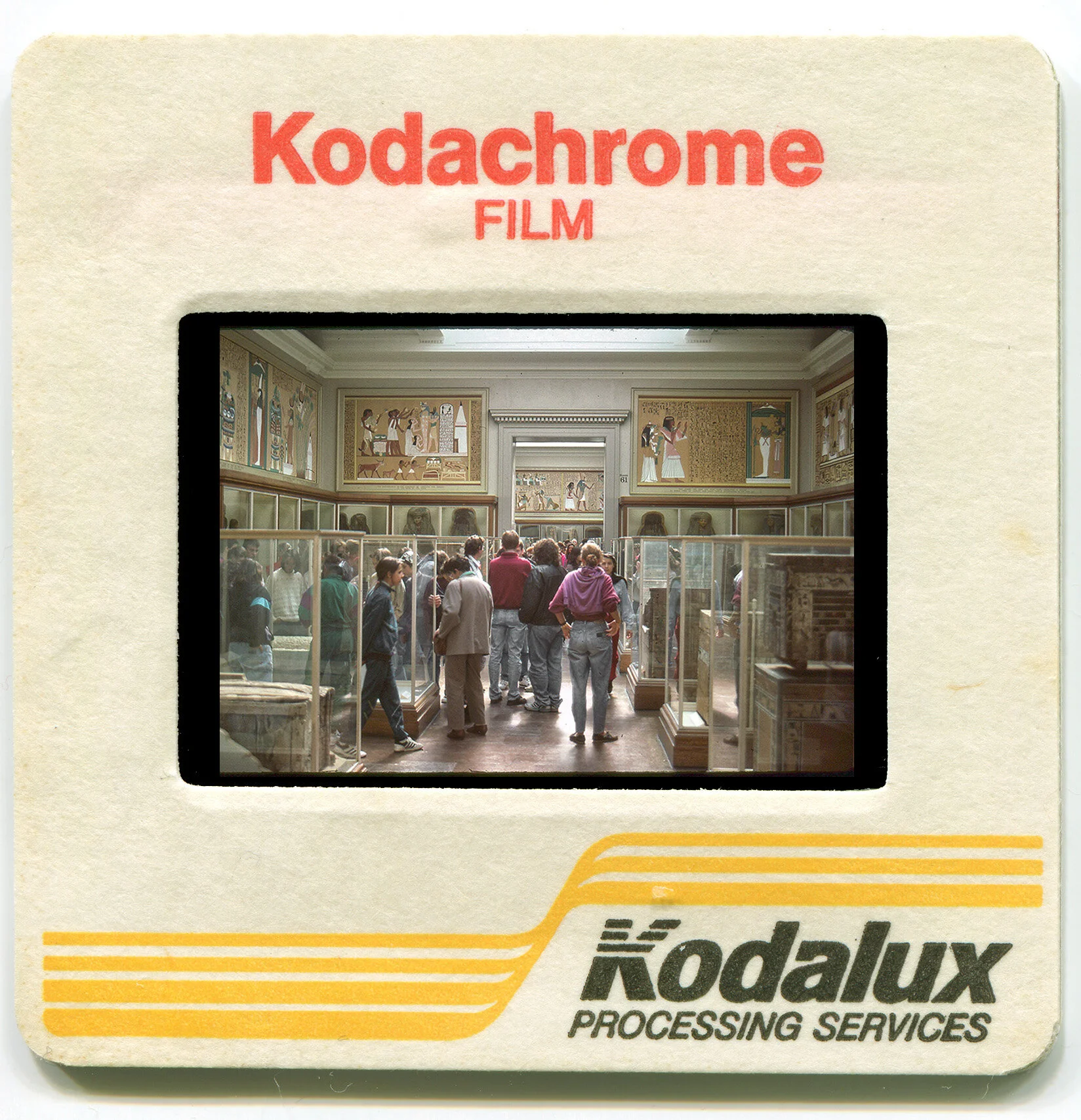The next subject of my Blog is a Shelter-in-Place activity: scanning old Kodachrome and Ektachrome slides. 35mm Kodachrome transparency film was introduced to amateur photographers in 1936.
For over half a century it was the film of choice for National Geographic photographers, large format glossy photography weeklies like Life and Look, medical diagnostic technicians and amateur enthusiasts.
Kodachrome films had to be processed by regional Kodak labs. Kodachrome was the first integral tripack film using the subtractive process and color formers in its development. The film base is coated with three very thin emulsion layers (with inbuilt red, green and blue filter layers) on top of each other, but is black and white until processed. At the processing stage - a 28 step procedure taking three and a half hours - each layer is dyed the revenant color and the silver content bleached out.
italics: The Genius of Color Photography, from the autochrome to the digital age by Pamela Roberts
Egyptian exhibit room, British Museum 1991
Cambridge University , England 1992


